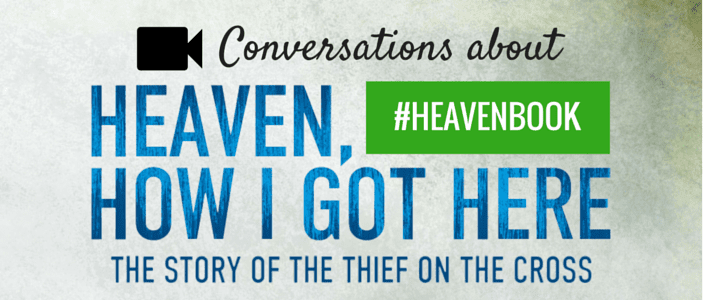For many, the New York Times (NYT) crossword puzzle is more than just a daily pastime. It’s a rite of passage, a mental workout, and for some, a source of profound joy. However, for skeptics like myself, it often seemed an insurmountable challenge. In this article, I will share my journey from a crossword skeptic to a devoted believer, exploring the intricacies of the NYT crossword, the skills it cultivates, and the community it fosters.
The Skeptic’s Perspective

Initially, my feelings towards the NYT crossword were not just neutral; they were decidedly negative. I viewed it as an elitist puzzle, something only the most intellectually gifted could conquer. My skepticism was rooted in several misconceptions:
- Complexity: The clues seemed impossibly cryptic, often requiring obscure knowledge.
- Time Consumption: I feared that tackling a crossword would be a significant time investment with little reward.
- Intimidation Factor: The reputation of the NYT crossword as a “brainy” activity made me hesitant to try it.
However, my curiosity was piqued, and I decided to confront my skepticism head-on.
Breaking Down the Barriers
To transition from a skeptic to a believer, I needed to understand the essence of the NYT crossword. Here are the key aspects that helped me break down my barriers:
Understanding the Format
The NYT crossword consists of a grid of squares that must be filled with words based on given clues. The clues range in difficulty and can be straightforward, punny, or referential. Familiarizing myself with the layout was essential:
- Grid Size: The standard size is 15×15 for Monday through Saturday, and 21×21 for Sunday puzzles.
- Difficulty Levels: Each day has a different level of difficulty, with Monday being the easiest and Saturday the hardest.
- Themed Puzzles: Many puzzles have themes that can provide context to the clues.
Learning the Lingo
Crossword puzzles have their own language. Understanding common abbreviations, acronyms, and wordplay is crucial. Here are some common terms that helped me:
- Cross-references: Clues that refer to other clues in the puzzle.
- Fill: The actual words that fill the grid.
- Shortzian: Referring to Will Shortz, the NYT crossword editor known for his unique style.
Building Confidence Through Practice
Once I understood the basic structure and terminology, I started practicing. Here’s how I built my confidence:
Daily Engagement
Commitment to daily practice was key. I made it a habit to solve the NYT crossword every morning. This routine allowed me to:
- Improve my vocabulary and general knowledge.
- Learn the common themes and clues that often appeared.
- Identify my strengths and weaknesses regarding different types of clues.
Utilizing Resources

In my journey, I discovered several resources that enhanced my crossword-solving skills:
- Books and Guides: There are numerous books dedicated to crossword strategies, such as “Wordplay” by Will Shortz.
- Online Forums: Websites like Reddit have communities where solvers share tips and discuss strategies.
- Apps and Aids: Crossword apps often provide hints and explanations for more complex clues.
The Community Aspect
One of the most surprising aspects of my journey was discovering the vibrant community surrounding crossword puzzles. Here’s how the community enriched my experience:
Shared Experiences

Engaging with others who shared the same passion for crosswords created a sense of camaraderie. Sharing successes, failures, and strategies made the process enjoyable and less isolating.
Local Events and Competitions

Participating in local crossword tournaments or meet-ups allowed me to meet fellow enthusiasts. These events fostered a sense of belonging and challenged me to improve:
- Crossword Competitions: Events such as the American Crossword Puzzle Tournament offer a platform to test skills against others.
- Workshops: Many libraries and community centers host crossword workshops for beginners.
The Cognitive Benefits of Crossword Puzzles
As I delved deeper into the world of crosswords, I began to appreciate the cognitive benefits they offer. Research shows that engaging in activities like crossword puzzles can:
- Enhance Vocabulary: Regular exposure to new words improves language skills.
- Boost Memory: Solving puzzles can enhance memory and recall abilities.
- Improve Problem-Solving Skills: Crosswords require critical thinking, which translates to improved problem-solving in daily life.
Conclusion: From Skeptic to Believer
My journey from being a skeptic to a believer in the NYT crossword puzzle has been transformative. What once seemed like an intimidating challenge has become a beloved daily ritual. Through understanding the format, learning the lingo, practicing daily, and engaging with the crossword community, I have cultivated skills and a passion for puzzles that I never anticipated. The NYT crossword is not just about filling in squares; it’s about expanding one’s mind, connecting with others, and enjoying the process of learning.
In conclusion, if you’re hesitant to dive into the world of the NYT crossword, I encourage you to take the plunge. With patience, practice, and a willingness to learn, you too can transition from skepticism to a deep-seated belief in the values and joys that this puzzle brings to life.